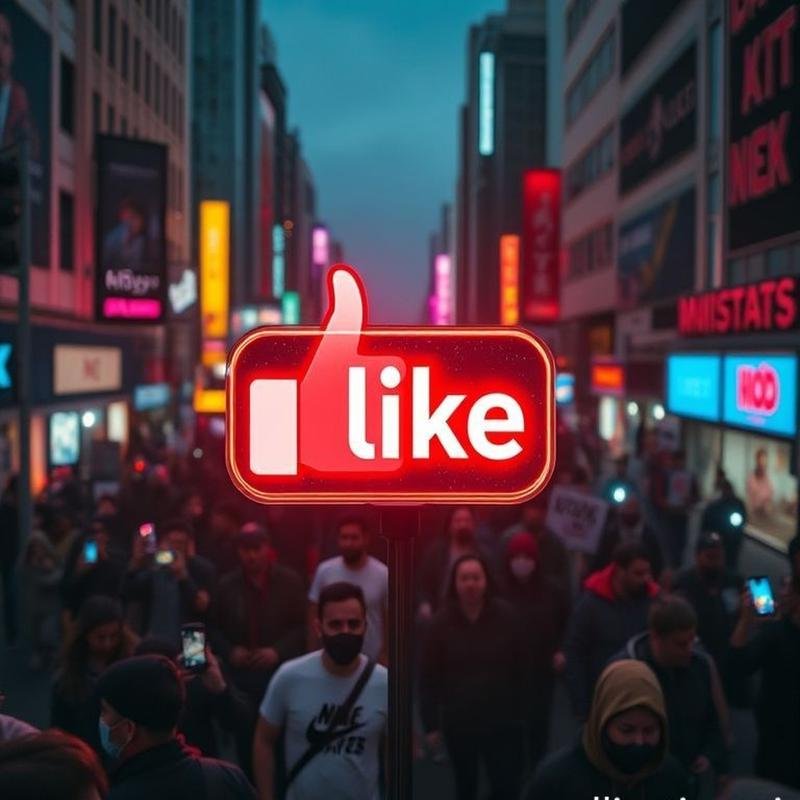The Psychology of Crowds: How Does the Internet Govern the World?

Crowd Psychology: Internet’s Impact on Global Dynamics
Could a simple “like” button catalyze a revolution? Are algorithms designed to sell footwear also driving individuals to polling stations or into the streets? While crowd behavior in public squares has been extensively studied, what transpires when the public square is replaced by an illuminated screen and the leader by a transient avatar? We are confronting an unprecedented phenomenon: how do virtual impulses translate into political forces capable of altering the course of history? The question is not whether this can occur, but rather how it occurs. Furthermore, what are the novel rules governing this potentially perilous dynamic?
Before delving further into this phenomenon, please share your initial perspectives in the comments section, and subscribe to our channel for more content.
Le Bon, Tarde, and the Digital Crowd
Let us revisit 1895, the year Gustave Le Bon’s “The Crowd: A Study of the Popular Mind” was published. Le Bon depicted crowds as overwhelming emotional entities, akin to a raging torrent sweeping away all obstacles. The individual is subsumed into the collective unconscious, relinquishing their identity to become part of a unified, highly impressionable entity. This is what Le Bon termed the “disappearance of the individual,” wherein a person loses their sense of responsibility and gravitates towards behaviors they might not otherwise engage in. Another characteristic of crowds is their susceptibility to suggestion, where individuals become malleable in the hands of influential leaders. However, was Le Bon’s perspective entirely accurate? Here, sociologist Gabriel Tarde emerges, critiquing Le Bon and emphasizing the role of imitation and mutual influence in shaping public opinion. Contemporary research indicates that the disappearance of the individual is not invariably negative, but can foster positive behaviors, contingent upon the prevailing group norms. However, what transpires when these dynamics are transposed to the digital realm? Does susceptibility to suggestion intensify in the absence of direct interpersonal communication? And can the disappearance of the individual account for some of the extremist behaviors we observe?
The Internet: A Modern Laboratory
The internet serves as a modern laboratory for crowd psychology. Following the traditional role of squares and markets as venues for crowd interactions, these dynamics have migrated to a vast digital space. The absence of physical presence, the illusion of absolute anonymity, and the rapid dissemination of information collectively amplify the impact of crowd psychology in an unprecedented manner.
Digital Crowds in Action
A compelling study conducted by MIT revealed that false news spreads on Twitter 70% faster than factual news due to its capacity to evoke intense emotions, exploit inherent biases, and generate a false sense of urgency. This heightened urgency and these inflamed emotions serve as the fuel that sustains volatile digital crowds. Recall the renowned Milgram experiment on obedience, wherein individuals comply with authority even when its directives conflict with their consciences. In the online environment, authority is embodied in the form of overwhelming consensus, the escalating number of likes and shares, and a trending topic dominating the digital landscape. In 2006, the Anti-Defamation League documented instances of online mob harassment campaigns. In 2014, Gamergate exposed the darker aspects of anonymity. Conversely, social media played a pivotal role in the events of the Arab Spring in 2011, emerging as a potent instrument for change.
The Algorithmic Echo Chamber
However, within this digital sphere, authority is embodied in a novel form: soulless algorithms. These algorithms, ostensibly designed to connect us to the world, frequently confine us within suffocating digital echo chambers. A study conducted by Oxford University revealed that 87% of Americans believe that social media exacerbates societal division. This is not merely a fleeting sentiment, but a stark reality reinforced by filter bubbles. Facebook itself acknowledged that its algorithms expose users to content that aligns with their opinions 30% more frequently than content that challenges them. Imagine a world where you are exclusively exposed to echoes of your own thoughts. Your opinions transform into absolute truths, and opposition becomes an existential threat. The Pew Research Center found that individuals who rely on social media for news are 25% more likely to believe misinformation. The 2016 Trump presidential campaign skillfully exploited this polarization, directing personalized advertisements to distinct groups, thereby amplifying divisions. And in a painful paradox, a study published in the journal *Science* demonstrated that exposure to opposing viewpoints on Twitter did not alter individuals’ convictions, but rather reinforced them. Consequently, extremist movements such as QAnon proliferate, originating from an anonymous online forum and evolving into an influential political force. Echo chambers do not merely reflect our opinions; they shape and fuel them.
From Virtual Discussions to Real-World Protests
Thus, the threads of the digital world are interwoven with tangible reality in a unified fabric. From these chambers where voices resonate, the spark of change is ignited, transforming virtual discussions into real-world protests. In 2010, social media ignited the Arab Spring, circumventing governmental censorship and enabling protesters to coordinate effectively and rapidly. Just a year later, the Occupy Wall Street movement originated from a simple online call to action, evolving into a massive global wave of physical protests demanding economic justice. And in 2017, the #MeToo campaign swept across the digital world like a storm, exposing instances of sexual harassment and precipitating radical changes in politics and culture. It was not merely a fleeting hashtag, but an earthquake that shook the foundations of power. However, this transformation possesses a darker dimension. In 2016, Russia exploited social media to disseminate misinformation in an attempt to influence the US elections. This was not merely fake news, but a systematic campaign of digital psychological warfare. According to a US intelligence report, fake accounts and armies of bots were deployed to propagate disinformation.
The Future of Digital Politics
The future of crowd psychology and digital politics looms large. With the number of internet users projected to approach 5.3 billion by 2030, it becomes evident that we are on the cusp of a new era of digital politics. However, this immense power carries significant risks. According to a study by Oxford University, 70% of the misinformation circulating online employs sophisticated techniques for psychological manipulation. The story of GameStop in 2021, when the stock price surged by 1700%, revealed the immense economic power that digital crowds wield. However, Elias Canetti’s warning regarding the emergence of the power-hungry, crystalline crowd resonates in this context.
Conclusion
In conclusion, it is clear how the principles of crowd psychology, which were observed in physical gatherings, are manifested and amplified within virtual communities, leading to real political impact and unforeseen consequences.
Following our exploration of how the principles of crowd psychology manifest in digital communities and their impact on politics, what ethical and legal concerns does this phenomenon raise in your opinion? Share your thoughts in the comments.










